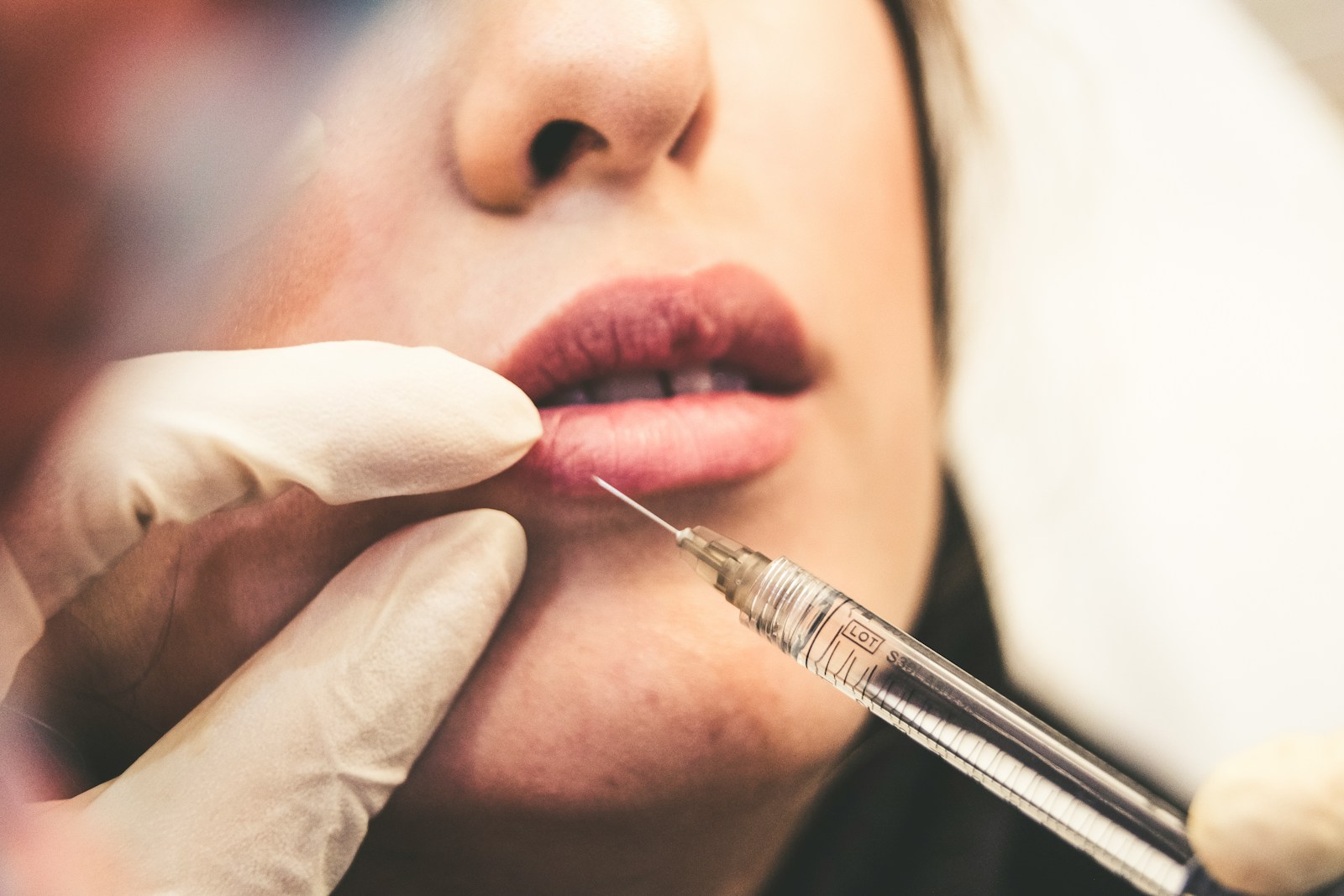Key Takeaways
- Hyperbaric oxygen therapy (HBOT) can enhance recovery by increasing oxygen levels in the bloodstream.
- HBOT shows promise for conditions beyond its traditional uses, including traumatic brain injuries and chronic fatigue.
- Factors like cost and availability can limit access to therapy.
- Combining HBOT with other treatments may improve outcomes.
Rethinking Treatment Approaches
Traditional treatments form the backbone of modern medicine, providing relief and management for many conditions. Yet, what happens when these conventional approaches fall short? That is where advanced therapies, such as HBOT treatment, step in with exciting possibilities. HBOT offers a fresh lifeline to those battling complex and chronic conditions by harnessing elevated oxygen levels.
In these pressurized chambers, patients inhale pure oxygen, which boosts oxygen concentration in their bloodstreams. This physiological enhancement accelerates healing and tissue recovery. For patients with non-healing wounds or chronic ailments, HBOT presents a promising alternative to traditional treatments.
The Basics of Hyperbaric Oxygen Therapy (HBOT)
To appreciate HBOT’s potential, it’s important to understand its mechanics. During an HBOT session, people breathe 100% oxygen in a dedicated chamber. Due to the higher pressure, more oxygen can dissolve into the circulation, promoting healing and general vigor. Originally used for decompression sickness in divers, HBOT’s applications have expanded, showing promise for chronic infections and wounds. HBOT may become a key component in advanced medical treatments as research progresses.




